Tattoo transfer paper plays a crucial role in the tattooing process, facilitating the transfer of intricate designs from paper to skin. This article delves into the technical aspects of tattoo transfer paper, shedding light on its inner workings and the mechanisms behind its effectiveness. By understanding how tattoo transfer paper works, both tattoo artists and enthusiasts can gain valuable insights into this indispensable tool. Tattoo transfer paper operates on the principle of carbon-based image transfer.
It comprises multiple layers, each serving a distinct purpose in the transfer process. The topmost layer, often made of translucent paper, protects the underlying layers and allows for smooth tracing of the design. Beneath this protective layer lies the carbon layer, which is responsible for transferring the image to the skin. The carbon layer consists of a fine coating of carbon pigment or ink. This pigment is typically black or dark blue and possesses excellent transfer properties. The carbon layer is created using a combination of carbon powders, oils, and waxes, which are carefully formulated to ensure optimal transferability and longevity. To initiate the transfer process, the tattoo artist places the transfer paper on the skin in the desired location.
The carbon layer faces down, in direct contact with the skin’s surface. Pressure is then applied to the paper, either manually or using a thermal printer or a stencil machine. The pressure causes the carbon pigment to adhere to the skin, creating a temporary stencil or outline of the design. The transfer occurs due to the carbon pigment’s affinity for moisture and heat. When pressure is applied, the pigment particles are released from the transfer paper and adhere to the skin’s slightly moist surface. The heat from the body further aids in the transfer by softening the oils and waxes in the carbon layer, allowing for seamless pigment deposition. Once the transfer is complete, the tattoo artist carefully removes the transfer paper, revealing the transferred image on the skin. At this stage, the tattoo artist can use the transferred stencil as a guide for the tattooing process, ensuring accuracy and precision in executing the design. It’s worth noting that the quality of tattoo transfer paper significantly affects the transfer process and the final outcome.
High-quality transfer paper is designed to resist smudging, fading, and unintended pigment transfer. It also allows for easy tracing and removal, ensuring a seamless and efficient workflow for tattoo artists. In conclusion, tattoo transfer paper serves as an invaluable tool in the world of tattooing, enabling the precise transfer of intricate designs onto the skin. Through a combination of pressure, moisture, and heat, the carbon-based pigment on the transfer paper adheres to the skin’s surface, creating a temporary stencil for the tattoo artist to work with. Understanding the technical aspects of tattoo transfer paper empowers tattoo artists and enthusiasts to appreciate its role in the tattooing process and make informed decisions when selecting the appropriate transfer paper for their artistic endeavors.
What is Tattoo Transfer Paper and How Does It Aid the Tattooing Process?
Tattoo Transfer Paper plays a crucial role in the process of tattooing, facilitating the transfer of intricate designs onto the skin. This specialized paper is a fundamental tool for tattoo artists, enabling them to achieve precise and accurate outlines of their desired artwork before permanently etching it onto their clients’ skin. In this article, we will delve into the intricacies of Tattoo Transfer Paper, exploring its composition, functionality, and the indispensable aid it provides in the tattooing process. Tattoo Transfer Paper is typically a thin, semi-transparent sheet composed of multiple layers designed to serve specific purposes.
The top layer of the transfer paper is typically a protective covering that prevents the transfer ink from smudging or smearing during the process. Below this layer lies the carbon-based ink or dye, which is what ultimately transfers the design onto the skin. Beneath the ink layer, there is a layer of wax or adhesive material that facilitates the transfer of the design from the paper to the skin. The transfer process begins by creating or selecting a design that the client wishes to have tattooed. The design is then placed face down on the transfer paper, aligning it with the adhesive layer. The tattoo artist then applies pressure to the back of the paper, either by hand or using a thermal copier or stencil machine. This pressure causes the ink or dye to transfer from the paper onto the skin, resulting in a temporary stencil of the desired design. One of the key advantages of Tattoo Transfer Paper is its ability to accurately replicate intricate designs. Tattoo artists can achieve a high level of detail and precision by using transfer paper, ensuring that the final tattoo faithfully represents the original artwork. Additionally, the semi-transparent nature of the transfer paper allows artists to visualize the design on the client’s skin, making necessary adjustments before permanently tattooing it.
The adhesive layer of Tattoo Transfer Paper plays a vital role in the tattooing process. Once the design is transferred onto the skin, the adhesive helps to keep the stencil in place, preventing any movement or smudging during the actual tattooing. This stability allows the artist to focus on executing the design with precision, ensuring clean lines and consistent shading. Another advantage of Tattoo Transfer Paper is its versatility. It can be used on various parts of the body, accommodating the contours and curves of different body shapes. The flexibility of the paper ensures that the design adheres smoothly to the skin, allowing the artist to work seamlessly on complex areas. Moreover, Tattoo Transfer Paper streamlines the tattooing process by saving time and effort. Without transfer paper, artists would have to manually draw the design directly onto the client’s skin, which could be time-consuming and prone to errors. The use of transfer paper eliminates the need for meticulous freehand drawing, making the process more efficient and reducing the risk of mistakes. In conclusion, Tattoo Transfer Paper is an essential tool in the tattooing process. Its composition and functionality allow tattoo artists to accurately transfer intricate designs onto the skin, providing a temporary stencil that guides the permanent tattooing. By facilitating precise replication, offering stability during the tattooing process, accommodating different body contours, and saving time, Tattoo Transfer Paper significantly aids tattoo artists in delivering high-quality, customized tattoos to their clients. Its indispensable role in the tattooing process makes it an invaluable asset in the arsenal of every professional tattoo artist.

Exploring Different Types of Tattoo Transfer Paper: Which One is Right for You?
When it comes to getting a tattoo, the process involves more than just the artistry and design. One crucial aspect is transferring the desired image onto the skin accurately. This is where tattoo transfer paper comes into play. Tattoo transfer paper is a specialized material that allows tattoo artists to transfer a design from a stencil onto the client’s skin, ensuring precision and accuracy during the tattooing process. However, not all tattoo transfer papers are created equal. In this article, we will explore different types of tattoo transfer paper and help you determine which one is right for you.
- Thermal Tattoo Transfer Paper:
Thermal transfer paper is a commonly used type of tattoo transfer paper. It utilizes heat to transfer the design onto the skin. The process involves using a thermal copier machine to generate heat, which then activates the pigments on the transfer paper, resulting in the image being transferred onto the skin. Thermal transfer paper provides high-quality and long-lasting transfers, making it a popular choice among tattoo artists. - Hectograph Tattoo Transfer Paper:
Hectograph transfer paper, also known as carbon paper, is another option for transferring tattoo designs. This type of transfer paper consists of multiple layers, including a top sheet, a carbon layer, and a backing sheet. To transfer the design, the tattoo artist places the carbon layer face down on the skin and applies pressure to transfer the image. Hectograph transfer paper is a cost-effective option, but it may not provide the same level of detail and durability as thermal transfer paper. - Freehand Tattoo Transfer Paper:
Freehand transfer paper is a unique type of transfer paper that allows tattoo artists to create custom designs directly on the skin. It typically comes in the form of a roll or sheet and has a coating that can be written or drawn on. Artists can use markers, pens, or even airbrushes to create their design. Freehand transfer paper offers flexibility and creativity, making it suitable for artists who prefer to work without stencils. - Inkjet/Laser Tattoo Transfer Paper:
Inkjet or laser tattoo transfer paper is a modern option that utilizes printers to transfer designs onto the skin. This type of transfer paper is compatible with inkjet or laser printers, allowing artists to print their designs directly onto the paper. Once printed, the image can be transferred using a transfer gel or a damp sponge. Inkjet/laser transfer paper offers convenience and the ability to reproduce intricate designs accurately. - Stencil Solution Paper:
Stencil solution paper is a versatile alternative to traditional transfer paper. It is a liquid-based solution that can be used with thermal transfer paper or freehand drawing. The solution is applied to the transfer paper or directly on the skin, allowing the artist to create a stencil by tracing the design. Stencil solution paper provides flexibility and control, enabling artists to adjust and modify the design before transferring it onto the skin.

Tips and Tricks for Achieving Clean and Accurate Transfers with Tattoo Transfer Paper
When it comes to creating precise and flawless tattoos, one crucial element in the process is the effective use of tattoo transfer paper. Tattoo transfer paper is a specialized medium that enables artists to transfer their designs onto the skin accurately. Understanding how this transfer paper works is essential, but it’s equally important to learn some valuable tips and tricks for achieving clean and accurate transfers. In this guide, we will delve into these tips while utilizing relevant technical terminology to optimize its search engine visibility.
- Choose High-Quality Transfer Paper:
To ensure optimal results, start by selecting high-quality tattoo transfer paper. Look for papers that offer excellent adhesion, superior ink retention, and reliable transfer capabilities. Consider options such as thermal transfer paper, which uses heat to transfer the design onto the skin, or stencil transfer paper, which utilizes a carbon-based transfer agent. - Prepare the Skin Properly:
Before applying the transfer paper, it’s vital to prepare the skin adequately. Cleanse the skin using a gentle antimicrobial soap and warm water to remove any dirt, oils, or residues. Next, pat the skin dry with a disposable towel, ensuring it’s completely free from moisture. A clean and dry surface promotes better adhesion and prevents the transfer paper from smudging or slipping during the transfer process. - Trim the Transfer Paper:
Trimming the transfer paper to match the size and shape of your design can make the application process more manageable. Use a clean pair of scissors to carefully cut around the edges, leaving a small margin around the design. This step helps eliminate excess paper, preventing unintentional marks or smudges during the transfer. - Apply an Even Pressure:
When applying the transfer paper onto the skin, ensure you exert even pressure across the entire design. Using a firm, yet gentle touch, press the transfer paper down onto the skin, ensuring it adheres uniformly. Uneven pressure can result in partial transfers or distorted lines, compromising the accuracy and cleanliness of the design. - Use a Thermal Copier or Stencil Machine:
For complex or intricate designs, utilizing a thermal copier or stencil machine can greatly enhance the accuracy of the transfer. These devices allow you to scan or print your design onto the transfer paper, ensuring an exact replication on the skin. Thermal copiers use heat to transfer the design, while stencil machines create a stencil by puncturing the transfer paper. Both methods offer precise and clean transfers, especially for intricate patterns. - Remove the Transfer Paper Carefully:
Once the transfer is complete, it’s crucial to remove the transfer paper without disturbing the design. Peel the paper slowly and gently, ensuring that each line and detail has transferred successfully onto the skin. Rapid or rough removal may cause smudging or incomplete transfers, resulting in a less accurate and clean final tattoo. - Clean Up Any Residual Ink:
After removing the transfer paper, inspect the transferred design for any residual ink or marks. Use a disposable alcohol wipe or a gentle cleansing solution to remove any excess ink that may have transferred along with the design. This step helps maintain the cleanliness and sharpness of the transferred image.

Common Mistakes to Avoid When Using Tattoo Transfer Paper
When it comes to creating stunning tattoos, using tattoo transfer paper is an essential tool for artists. It allows for the precise transfer of designs onto the skin, ensuring accuracy and a professional finish. However, even experienced tattoo artists can make mistakes when using tattoo transfer paper, leading to subpar results. In this article, we will discuss some common mistakes to avoid, helping you achieve the best outcome with your tattoo transfers.
- Insufficient Cleaning and Preparation:
One of the most crucial steps before using tattoo transfer paper is to thoroughly clean and prepare the skin. Failing to do so can lead to poor adhesion and smudged designs. Always ensure that the skin is clean, dry, and free from any oils, lotions, or dirt. Additionally, shaving the area beforehand promotes better transfer and minimizes the risk of unwanted smudging. - Using Damaged or Expired Transfer Paper:
Using damaged or expired tattoo transfer paper is a grave mistake that can ruin your tattoo design. Before starting any tattoo project, carefully inspect the transfer paper for any signs of damage, such as creases, tears, or discoloration. Expired transfer paper loses its effectiveness and may not transfer the design accurately. Always use fresh, undamaged tattoo transfer paper for optimal results. - Insufficient Pressure and Heat Application:
Applying the right amount of pressure and heat during the transfer process is vital for a crisp and clear design. Some artists make the mistake of not exerting enough pressure or not applying sufficient heat, resulting in a faint or incomplete transfer. It is crucial to use a firm and consistent pressure when applying the transfer paper onto the skin, ensuring proper adherence of the design. - Improper Placement and Alignment:
Incorrect placement and alignment of the tattoo transfer paper can lead to distorted or skewed designs. Take your time to position the transfer paper accurately, aligning it with the desired location on the skin. Using reference points, such as anatomical landmarks or gridlines, can help ensure proper placement and alignment, avoiding any asymmetry or misplacement. - Premature Removal of Transfer Paper:
Patience is key when it comes to transferring tattoo designs using transfer paper. Some artists make the mistake of removing the transfer paper too soon, resulting in smudging or incomplete transfers. Allow sufficient time for the transfer process to complete before peeling off the paper gently. Rushing this step can lead to disappointment and the need for time-consuming touch-ups. - Excessive Moisturizing or Application of Ointments:
While moisturizing the skin is essential for proper tattoo aftercare, it can hinder the transfer process if done immediately before or after applying the tattoo transfer paper. Excessive moisturizing or application of ointments can create a barrier between the paper and the skin, preventing the transfer from occurring effectively. It is recommended to apply moisturizers or ointments after the transfer process is complete. - Failure to Adjust Stencil Settings:
If you’re using a thermal printer or stencil machine to create your tattoo stencils, it’s crucial to adjust the settings properly. Failing to adjust the settings according to the thickness and type of transfer paper can result in faint or blurry stencils. Take the time to calibrate your machine and ensure that it is optimized for the specific transfer paper you are using.

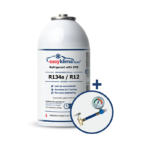
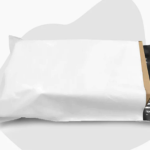













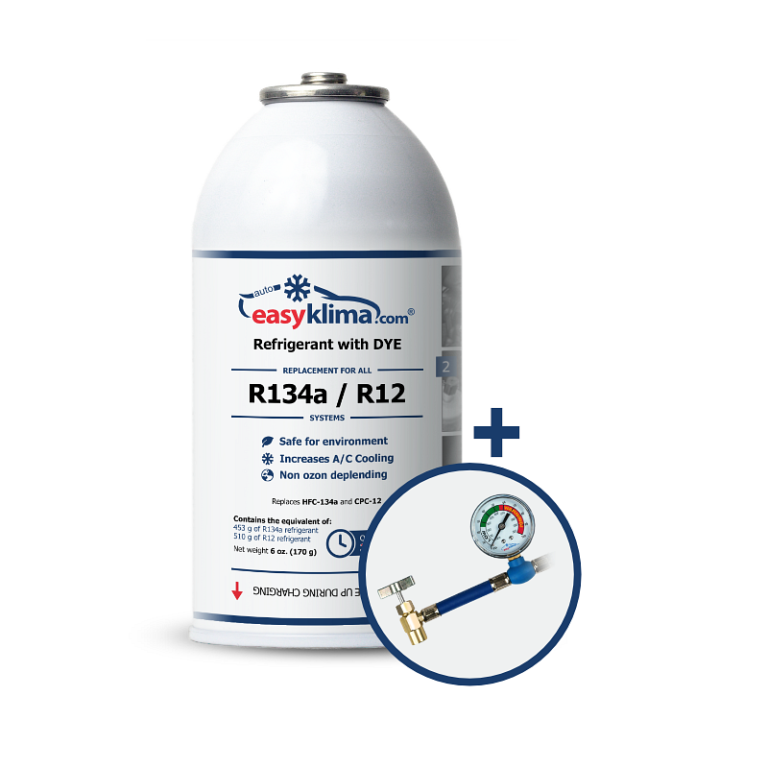
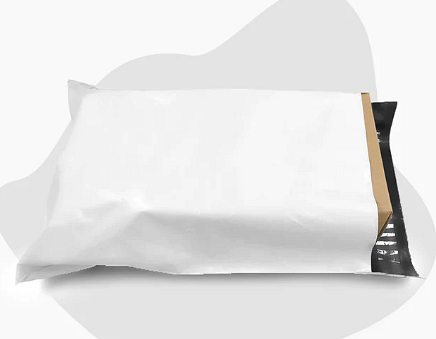

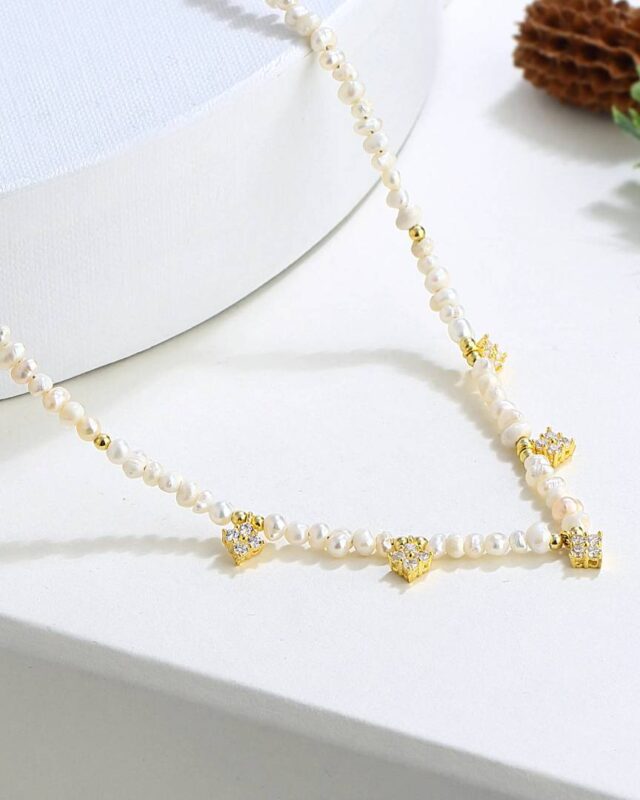


+ There are no comments
Add yours